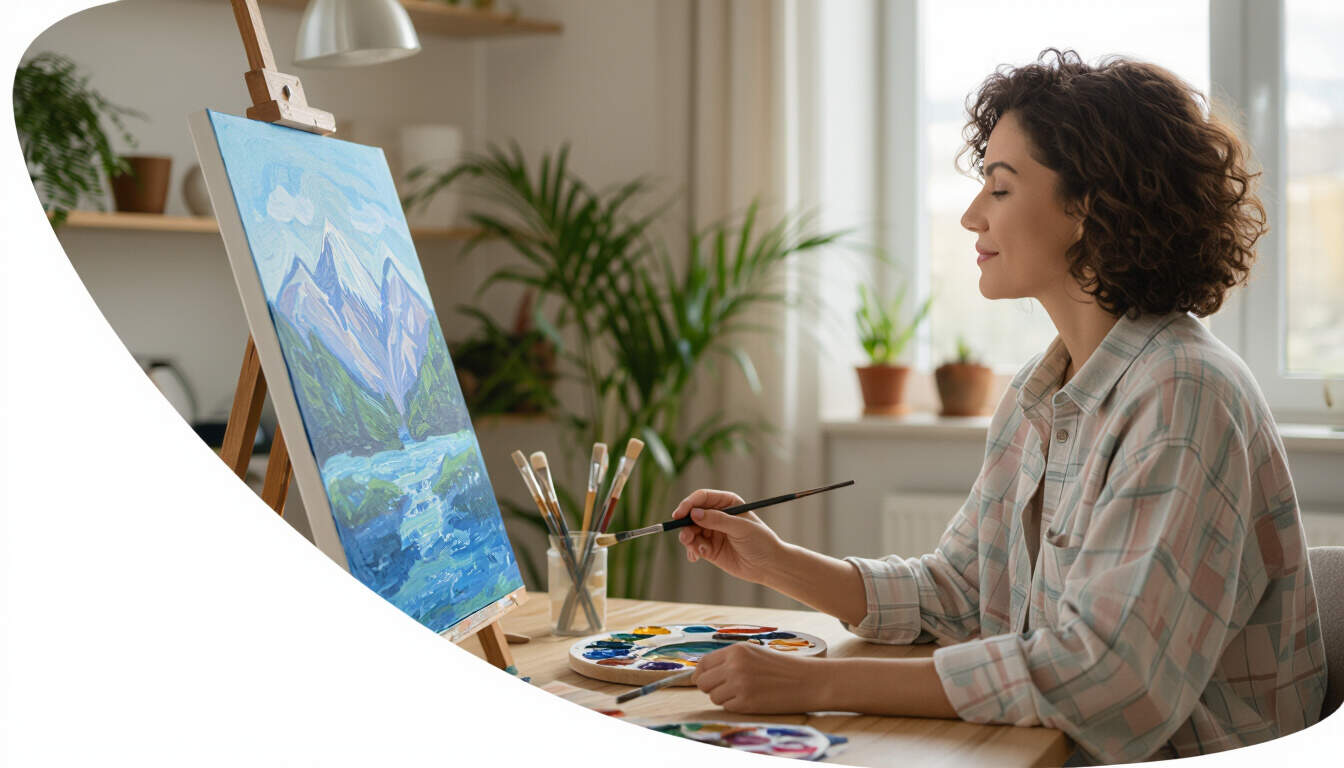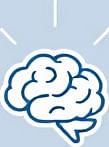Art Therapy as a Tool for Cognitive Load Offloading
 by Lilian Nienow
by Lilian Nienow
Discover how art therapy can help reduce everyday mental overload by providing a creative outlet for students and professionals. This approach offers practical ways to manage cognitive demands and enhance productivity through simple, engaging activities.

In our busy lives, managing mental overload is essential for maintaining focus and well-being. Art therapy emerges as an effective method for cognitive load offloading, allowing individuals to externalize thoughts and emotions through creative expression. This technique helps clear the mind and reduce the strain of daily tasks.
Art therapy involves using visual arts like drawing, painting, or sculpting to process information. For students facing heavy workloads, engaging in these activities can offload cognitive load by transferring mental effort to physical creation. Professionals dealing with constant decisions might find that doodling or sketching provides a break, letting subconscious processing take over.
One key advantage is how art therapy promotes relaxation. By focusing on colors and shapes, people can shift attention from overwhelming thoughts. This practice is particularly useful for anyone interested in cognitive science, as it demonstrates how creative outlets lower stress levels and improve mental clarity.
To incorporate art therapy into daily routines, start with simple steps. Begin by setting aside 10-15 minutes a day for drawing. Use basic materials like paper and pencils to avoid added pressure. For example, students can sketch notes instead of writing them, which helps in organizing ideas without overwhelming the brain.
Practical Tips for Getting Started
Here are some straightforward strategies:
- Choose accessible tools: Opt for items like markers or clay that are easy to handle. This makes the process enjoyable and less intimidating.
- Create a dedicated space: Set up a quiet area at home or work for art sessions. This environment encourages regular practice and aids in art therapy benefits.
- Focus on process over product: Emphasize the act of creating rather than the end result. This mindset reduces self-judgment and supports cognitive relief.
- Integrate with routines: Pair art activities with breaks, such as after studying or meetings. It serves as a natural way to reset and manage overload.
Many find that regular engagement leads to better productivity. For instance, a professional might use journaling with sketches to brainstorm ideas, effectively offloading complex thoughts onto paper. This not only frees up mental space but also fosters innovation.
Research shows that creative practices like art therapy can enhance memory and problem-solving. By expressing emotions visually, individuals process information more efficiently, reducing the cognitive demands of verbal or analytical thinking. Those in cognitive science often highlight how such methods support long-term mental health.
Consider a scenario where a student prepares for exams. Instead of rote memorization, they could create mind maps with drawings. This visual approach helps in retaining information by engaging different parts of the brain, making learning more effective and less taxing.
For professionals, art therapy can be a tool during high-stress periods. Sketching during lunch breaks allows for a mental pause, helping to recharge and tackle tasks with renewed energy. The key is consistency, as building this habit gradually leads to noticeable improvements in focus and well-being.
In conclusion, adopting art therapy provides a practical path to cognitive load offloading. By incorporating these creative techniques, students and professionals can achieve a balanced mental state and enhance their overall productivity. Give it a try to experience the benefits firsthand.
This method is adaptable for various lifestyles, making it a valuable addition to anyone’s routine. Remember, the goal is to find joy in the process, leading to sustained cognitive relief and personal growth.
